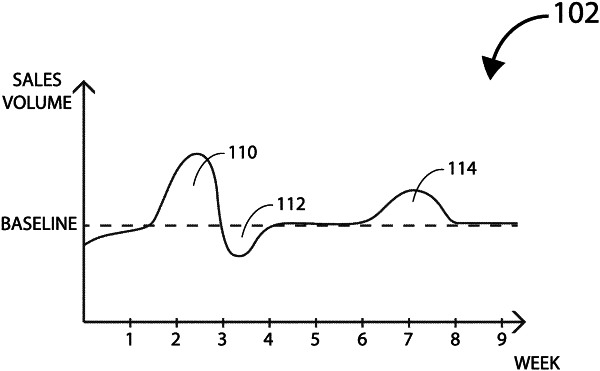| CPC G06Q 30/0244 (2013.01) [G06Q 30/0201 (2013.01); G06Q 30/0239 (2013.01); G06Q 30/0271 (2013.01); G06N 20/00 (2019.01)] | 20 Claims |

|
1. A method for selecting a set of offers comprising:
receiving, by one or more processors, a first set of candidate offers, wherein each candidate offer in the first set of candidate offers includes a variable value for each of a plurality of variables;
generating, by one or more processors, an offer vector for each offer in the first set of candidate offers, wherein each offer vector includes the variable values for the corresponding candidate offer of the first set of candidate offers, and wherein each offer vector includes a success metric for the candidate offer;
generating, by one or more processors, a derivative table based on the generated offer vectors, wherein the derivative table comprises a plurality of differential vectors, wherein each differential vector comprises pair-wise differences between variable values for a pair of the generated offer vectors and a differential success score representing a difference of the success metrics of the pair of generated offer vectors;
training, by one or more processors, a machine-learning model based on the derivative table, wherein the machine-learning model is trained to predict a success metric for an offer based on an offer vector associated with the offer;
identifying, by one or more processors, a set of test offers by applying the machine-learning model to offer vectors corresponding to candidate offers in a second set of candidate offers; and
transmitting, by one or more processors, the set of test offers to a plurality of users.
|